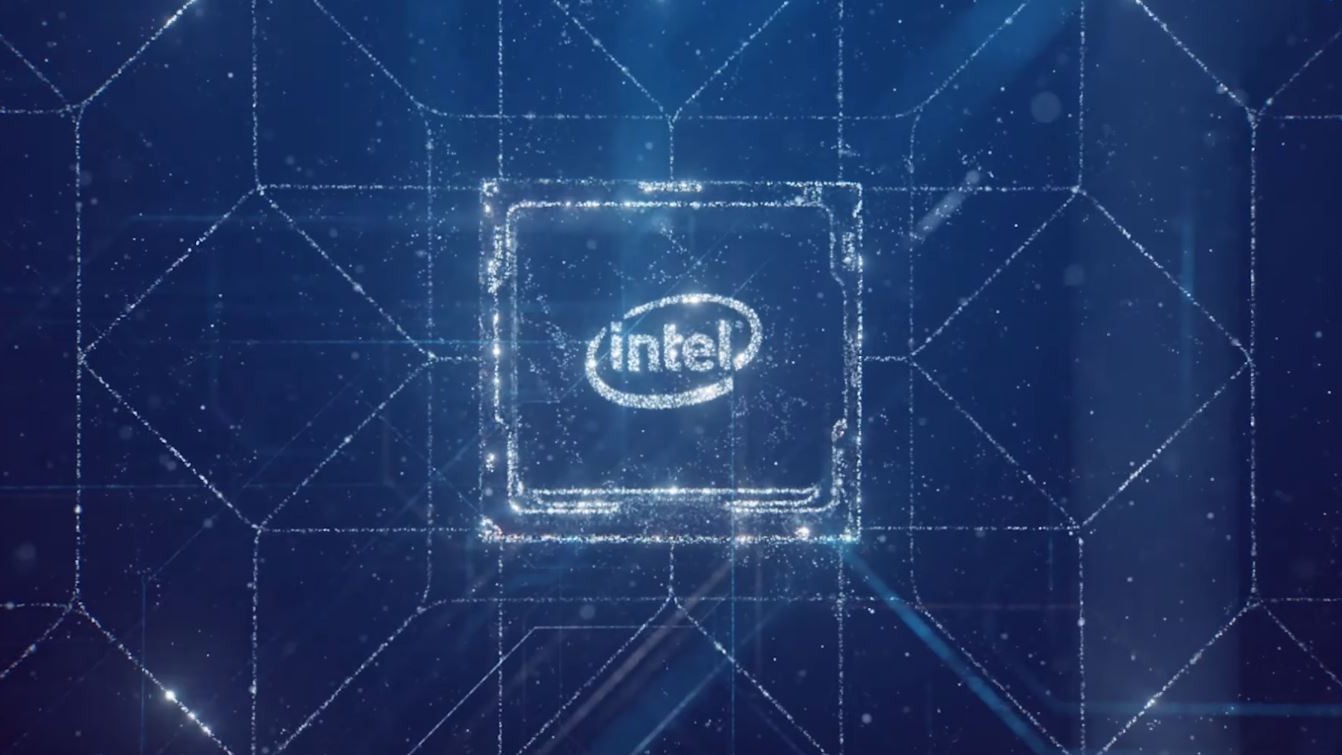Intel Tiger Lake benchmarks leak again before launch — is AMD in trouble?
Tiger Lake crushes Ice Lake specs, but what about AMD Ryzen?

We've been following Intel Tiger Lake leaks for months now, but the official launch is finally due to happen this Wednesday with an abundance of new laptops no doubt arriving with it.
While the official details will all be here soon, a few new benchmarks that Tom's Guide tracked down give us another glimpse at what we can expect from Intel's 11th Gen chipsets once they start shipping.
- Not sold on Tiger Lake? Here are the best AMD Ryzen laptops of 2020
- Lenovo ThinkPad X1 Yoga (5th Gen, 2020) review
- The Best Labor Day Sales 2020: Deals on Laptops, tablets, headphones and more
The benchmarks in question all come from Geekbench 5, which is an industry-standard and one of the tools that we test laptops with here at Laptop Mag. So let's take a look at how these Tiger Lake CPUs stack up to the comparable Ice Lake options.
The top-of-the-line Tiger Lake CPU is the Intel Core i7-1185G7, which lines up against the Ice Lake Core i7-1065G7. It showed up twice (entry 1, entry 2) in the benchmarks. In terms of raw specs, the Tiger Lake option offers a significant advantage over its predecessor with a base frequency of 3GHz with the ability to boost to 4.8GHz, a fairly massive bump up from the 1.3GHz and 3.9GHz figures for the Ice Lake chipset.
The much-vaunted Intel Xe 12th Gen integrated GPU is a similarly large leap over the Iris Plus available with Ice Lake with 96 execution units (EUs) and 1.55GHz max GPU frequency over the 64 EUs and 1.1GHz of Iris Plus.
Perks of the job! Took a prototype Tiger Lake system for a spin on Battlefield V to stretch its legs. Impressive thin and light gaming perf with Xe graphics! Early drivers/sw, but it’s the first time I’ve seen this game run like this on integrated gfx. More later this year! pic.twitter.com/f1Qlz2jMyBJune 17, 2020
On the lower end, we have the Intel Core i5-1135G7, which had managed to also maintain a lower profile over the last several months; we hadn't seen benchmarks emerge for it yet.
The listing, in this case, was for a forthcoming Acer Aspire laptop and it put up a multi-core score of 4,527 on the strength of a 2.4GHz base frequency and a boosted frequency of 4.2Ghz. While not quite as wild a disparity as seen at the high-end, this is still well above the 1.2GHz and 3.7GHz figures for the current Ice Lake Core i3-1035G7.
Sign up to receive The Snapshot, a free special dispatch from Laptop Mag, in your inbox.
We don't have enough results from this chipset to come up with an average, but this is within the ballpark of the multi-core scores from the AMD Ryzen 5 4500U processor, which put up a score of 4,617 when we tested the HP Envy x360 13.
Graphics performance with the Intel Xe integrated GPU was similarly superior, although not quite as stark of a difference as at the top end with 80 EUs and a 1.3GHz max frequency compared to the 64 and 1.05GHz of the Ice Lake Iris Plus.
The graphics performance boost is a definite advantage for Tiger Lake that most are focusing on and one that Intel itself has been pushing hard over the summer, so we're incredibly interested to see what that looks like in real-world usage.
There is not much longer before these 11th Gen chips are officially revealed on Wednesday, so we'll have all the answers straight from Intel later this week with a better look at how Tiger Lake stacks up to the competition from AMD.
Sean Riley has been covering tech professionally for over a decade now. Most of that time was as a freelancer covering varied topics including phones, wearables, tablets, smart home devices, laptops, AR, VR, mobile payments, fintech, and more. Sean is the resident mobile expert at Laptop Mag, specializing in phones and wearables, you'll find plenty of news, reviews, how-to, and opinion pieces on these subjects from him here. But Laptop Mag has also proven a perfect fit for that broad range of interests with reviews and news on the latest laptops, VR games, and computer accessories along with coverage on everything from NFTs to cybersecurity and more.

